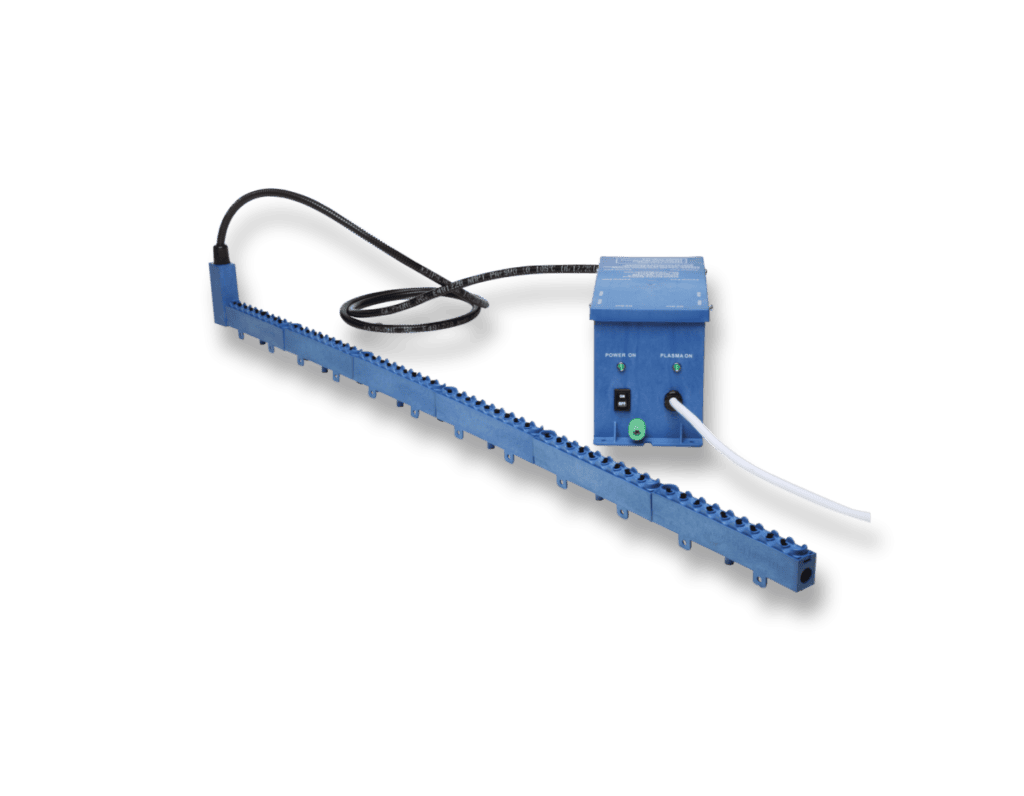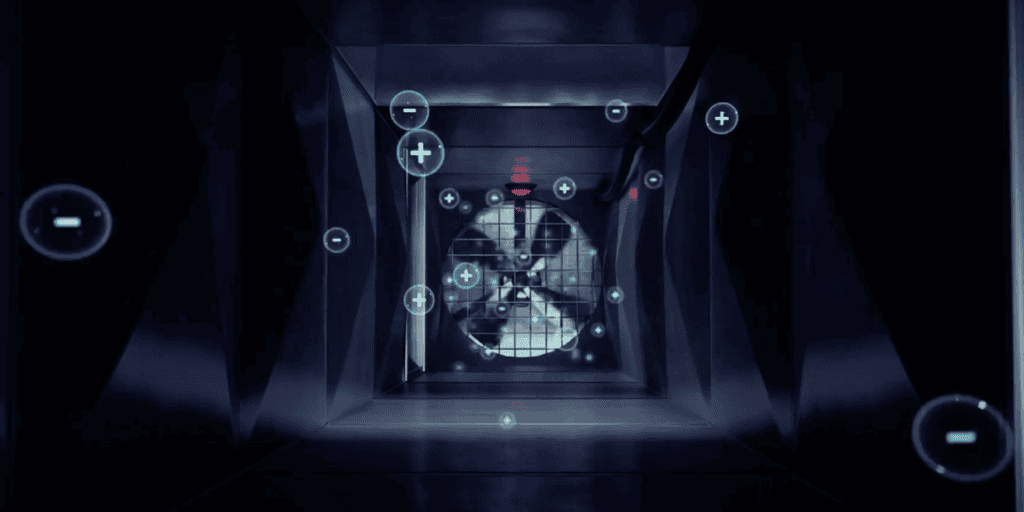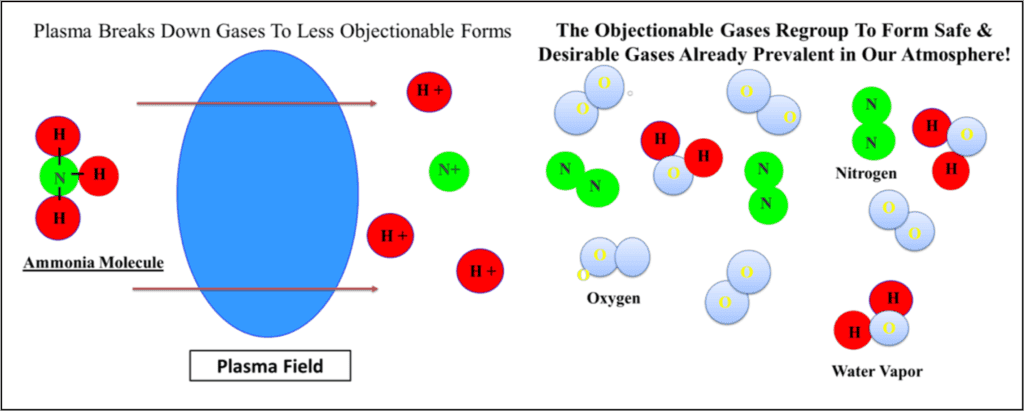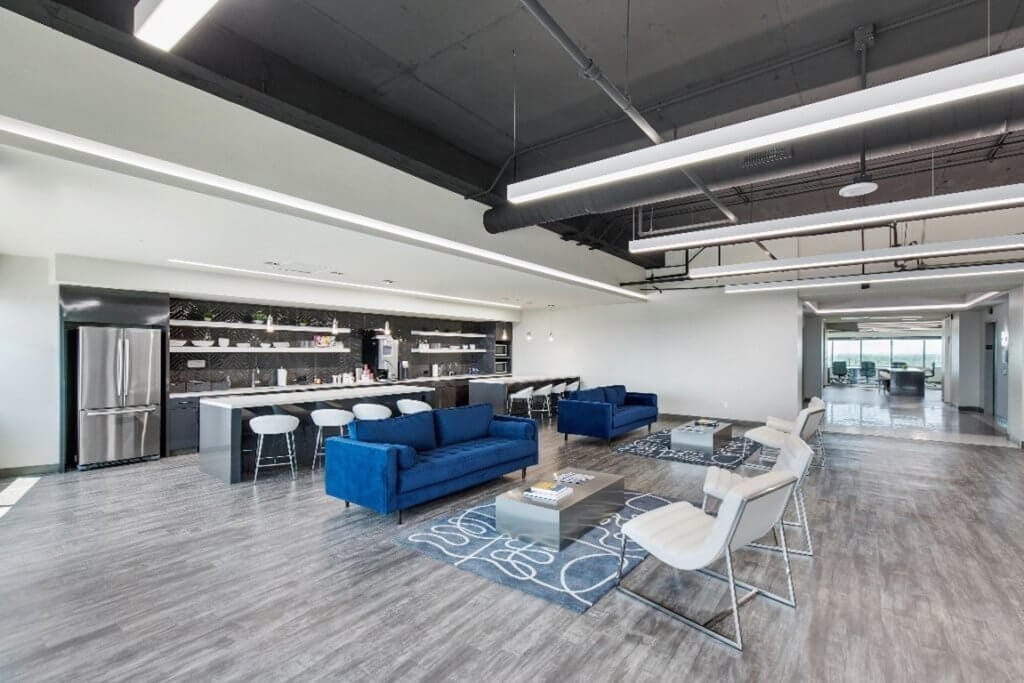Given the current reality, many companies are being forced to make tremendously difficult decisions about the future of their organizations. These decisions include determining things like whether long-term investments should be made in work from home infrastructure, if it’s worth onboarding new employees remotely, whether the current office lease should be renewed, when it’s appropriate to have employees back in the office, and how the return to office plan should be phased.
These decisions will have lasting consequences that extend far past the current pandemic and will ultimately determine which companies will be resilient, and which will eventually fail due to a deteriorating company culture.
There is a growing body of evidence suggesting that the new work from home culture has detrimental impacts on employees’ mental health, causing inefficiencies with new hire onboarding, introducing additional distractions, and generally making employees feel isolated instead of part of a cohesive team.
If you’ve ever tried giving a presentation with screaming kids in the next room over, you know it’s not quite the same as throwing ideas up on the conference room whiteboard with your colleagues. Many companies in Texas realize this fact, which is why Texas (especially Houston and Dallas) is leading the country in the rate of employees returning to the office.
Hartman understands the importance of team collaboration and is taking extraordinary measures to ensure companies’ return to office plans can be executed with safety at the forefront. This article recaps some of the consequences that have been realized from the work from home shift and how Hartman is meeting these challenges head-on through innovative health solutions.
The Pitfalls of Working from Home
There are undoubtedly benefits associated with companies working from home. Childcare can be easier to accommodate for parents; employees have more flexibility throughout the day and can spend more time with family; long commutes can be avoided; and some overhead costs can be reduced for businesses, which can, on paper, make the bottom line look a bit better.
However, all of these benefits come with a steep price, and research is increasingly showing that this price may not be worth the tradeoff both in terms of employees’ long-term happiness and companies’ financial vitality.
Let’s dig into a few of these consequences further and see what the research is telling us.
Mental Health and Videoconferencing Burnout
One factor that many didn’t see coming with the transition to working from home is the toll it has taken on workers’ mental health across virtually all industries, seniority levels, and demographics. Workers have largely reported a lack of job satisfaction, motivation, and general company satisfaction since approximately 42% of the U.S. workforce had transitioned to working remotely by mid-2020.
In a recent article by Forbes, one of the primary reasons cited for causing this sense of burnout is how the lines between work and home life have become blurred. Before the WFH shift, workers felt that they could more or less leave their work behind at the office once they headed home for the day. Workers now feel as though they are constantly on the clock, sitting through an endless stream of virtual meetings, which has given rise to what is now referred to as “Zoom fatigue.”
Zoom fatigue, as described by Psychiatric Times, is “tiredness, worry, or burnout associated with overusing virtual platforms of communication. Like other experiences associated with the coronavirus pandemic, Zoom fatigue is widely prevalent, intense, and completely new.”
Many explanations have been attributed to this phenomenon, all of which essentially point to the fact that virtual communication platforms go against the fundamental way in which humans communicate. For instance, video chatting is extremely taxing because employees need to work harder to pick up on non-verbal cues. When people interact face-to-face, they are not only listening to each other’s voices but also picking up on cues like hand movements, body movements, energy, and dozens of other inputs processed by our brains subconsciously during conversations.
People are so used to processing this information during in-person conversations that they do not realize how much work the brain is doing “behind the scenes.” However, when these conversations are brought to an online platform like Zoom, the brain is forced to work overtime to discern the true meaning behind what others are saying, ultimately leaving employees feeling exhausted or stressed after a long conference call. This inability to pick up on non-verbal social cues increases distrust between colleagues and provides a barrier for effective team collaboration.

Work from Home and Mental Health, by the Numbers
The Martec Group, a leading global market research firm, published a case study in April 2020, which delves into some figures behind the current emotional state of work from home employees. These figures are based on a survey of 1,214 individuals across different industries, demographics, and seniority levels.
Some of the key statistics they reported include:
- The number of employees who reported positive mental health decreased 34%, job satisfaction dropped 24%, job motivation dropped 20%, and overall company satisfaction dropped 13%.
- 40% of employees reported reduced productivity, while only 19% reported higher productivity.
- 42% reported increased stress levels while 24% reported being less stressed.
- 42% of respondents reported reduced focus while 17% reported better focus.
- Note – the remaining respondents in each of these cases reported no effect from the work from home shift (i.e., responded “same”).
The numbers paint a clear yet unsurprising, picture – employees are generally experiencing a higher level of stress, less focus and productivity, and less collaboration since transitioning to working from home.
Office Air Quality Comparable to a Hospital
While it has become well-established over the past several months that for companies to tap into their employees’ greatest potential, it’s vital that they are able to return to an office setting (at least for part of the workweek); how to do that safely during a pandemic is a separate issue entirely.
Hartman consulted with leading Texas health experts to identify solutions which will prepare their office properties for a post-Covid world. This is a world in which having a workspace that’s designed to mitigate viral spread, promote social distancing, and provide proper sanitation of frequently touched surfaces is of utmost importance. Given that Covid-19 is primarily an airborne pathogen, this means that making sure the HVAC system is adapted to effectively remove viral particles from the air is crucial.
After extensive research into which air purification solution would be most effective for an office setting, Hartman found that the Needlepoint Bi-Polar Ionization (NBPI) system by Global Plasma Solutions consistently ranked as a leading technology for pathogen mitigation. The NBPI system is an advanced air cleaning process which can be incorporated into a building’s existing HVAC system. The air purification system is capable of destroying 84% of coronaviruses within 10 minutes and 99.4% within 30 minutes. For this reason, the NBPI system has been used with great success in healthcare settings and other highly-sterile environments where effective removal of airborne viral particles is critical.

How does the Needlepoint Bi-Polar Ionization (NBPI) work?
According to the US EPA, indoor air is about 2-5 times as polluted as outdoor air. One of the reasons for this is that there are naturally occurring ions which are generated in outdoor environments as a result of air molecules breaking apart. This is due to natural processes which contribute energy to the system, like moving air or water, causing the air molecules to either gain or lose electrons and take on either a positive or negative charge. These charged particles exist all around us and are completely harmless, odorless, tasteless, and invisible.
Indoor environments, which lack an abundance of sunlight and moving water, have a much lower concentration of these naturally occurring ions but a much higher concentration of suspended particles, including pathogens like Covid-19 and influenza.
The Needlepoint Bi-Polar Ionization air purification system by Global Plasma Solutions generates the harmless ions, which are typically found in nature, and distributes them throughout the building using the existing HVAC system. This process essentially replicates the conditions you’d encounter walking through a forest (or at least as close to a forest as you can get in an office).

Ions then collide with suspended particles in the air and agglomerate or clump together. This creates larger masses of particles, which are easier to capture once cycled back through the HVAC system’s filter.
This agglomeration is effective against viruses, molds, bacteria, and allergens for a slightly different reason; in the case of these smaller particles, the electrically charged ions in the air attract the pathogens and rob them of positively charged hydrogen molecules, thereby transforming them into an entirely new, harmless compound to eventually be discharged back through the HVAC exhaust system.

Additional Benefits of the Bi-polar Ionization Air Purification System
While it is comforting to think that the day-to-day lifestyle changes caused by Covid-19 will disappear once the vaccine is widely distributed, the reality is that many changes are likely here to stay. Now that it’s abundantly clear just how destructive a pandemic can be to every facet of life, workers in the post-coronavirus economy will still be health-conscious and diligent in avoiding the spread of other viruses, molds, bacteria, and allergens.

The good news is that the NBPI air purification system effectively addresses a wide range of harmful particles. As air purification systems become more widely adopted due to increasing demand, workers will be much less susceptible to other common illnesses we deal with on a daily basis.

Lease an office space with the Bi-Polar Ionization Air Purification system today and secure a safe environment for your team to collaborate and innovate.
After realizing just how vital a system like the NBPI would be in slowing the spread of Covid-19 and other pathogens inside office buildings, Hartman decided to begin piloting the system throughout several office properties in Texas. Currently, Hartman has installed the Needlepoint Bi-Polar Ionization system in 5 different office buildings, with plans to expand to 13 more properties by the end of 2021. The implementation will result in nearly a half a million dollar investment in air quality improvements by the end of 2021, allowing tenants to get back to a productive work environment with peace of mind knowing that the air they are breathing is purified by the best technology on the market.
Hartman properties which already have the NBPI fully up and running include:
- The Spectrum Building in San Antonio, TX
- 11211 Katy Fwy. In Houston, TX
- Gateway Tower in Dallas, TX

In addition to leading the charge in office air purification, Hartman is taking steps to ensure their properties exceed guidelines set forth by the CDC to combat coronavirus. This includes constant cleaning of common areas, providing disinfectant wipes and sprays, hiring professional cleaning crews to perform a deep clean following positive Covid-19 results, and more.
Learn more about Hartman’s clean air initiative here.
Hartman is a premier property management company with offices for lease in Houston, Dallas, and San Antonio. With over 37 years of commercial leasing experience, Hartman understands that tenants’ needs are constantly changing as the world changes, and they are committed to staying ahead of the curve to provide the best value on the market. To find out more about how your company can stay safe in one of Hartman’s NBPI air-purified office buildings, please contact us.




